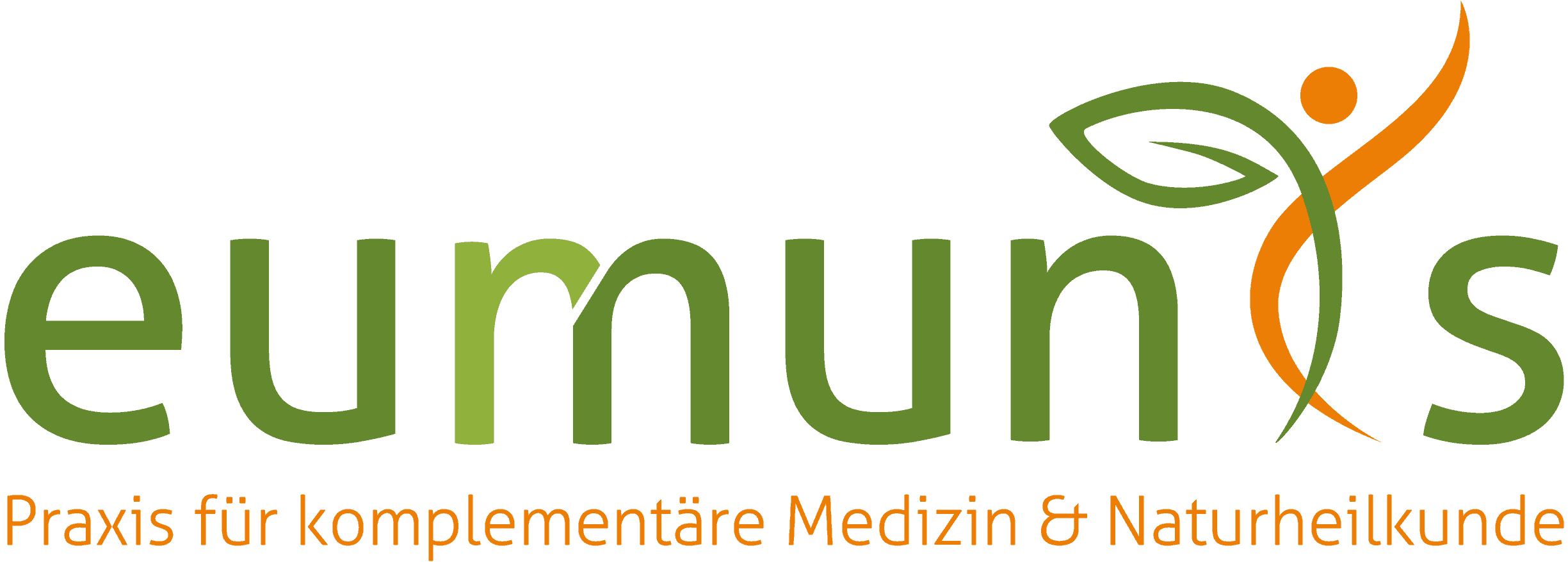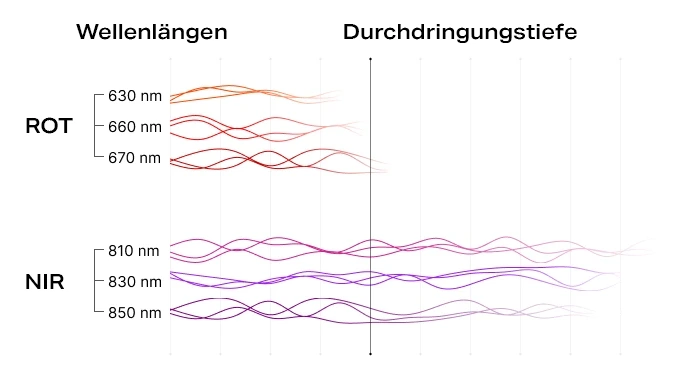Photodynamic Therapy – Methylene Blue + Infrared Light
Photodynamic therapy is mainly used in patients with cancer or mitochondriopathies.
In photodynamic therapy, so-called photosensitizers (e.g. methylene blue) are applied, which are then activated in the body by irradiation with infrared light of a defined wavelength (near-infrared light).
This activation leads, among other things, to the formation of reactive oxygen species (ROS), which can trigger cell death in the target cells. Since cancer cells are significantly more susceptible to these reactive oxygen species than healthy cells, cancer cells are destroyed, while healthy cells are not damaged.
However, viruses, bacteria and other parasites are also susceptible to reactive oxygen species and are also destroyed.
Both methylene blue therapy and near-infrared light therapy also have many other therapeutic applications.
Methylene Blue
Methylene blue is a synthetic compound with a deep blue color that is used for various medical purposes.
Originally developed as a dye for textiles, it was later discovered to be effective against malaria. In the following decades, methylene blue was used as an antibacterial agent and to treat a number of conditions, including methemoglobinemia (a blood disorder), carbon monoxide poisoning, and Alzheimer’s disease.
More recently, research has explored the potential of methylene blue in cancer treatment. Studies have shown that methylene blue can inhibit tumor growth and reduce the spread of cancer cells.
Likewise, the use of methylene blue can improve the effectiveness of conventional cancer therapies (e.g. radiation).
In addition to these effects on cancer cells, methylene blue has other therapeutic applications:
- Improvement of energy production in the mitochondria
- Protection of nerve cells from degenerative processes
- Defense against viruses, bacteria and parasites
Infrared Light
In addition to its use in photodynamic therapy, infrared light has many other positive effects on our health.
Numerous studies have demonstrated the following effects of red light therapy:
- Improvement of blood circulation and reduction of circulation-related disorders
- Reduction of pain and inflammation and better wound healing
- Faster regeneration of muscles and ligaments after sports activities and better mobility
- Supporting the regeneration of the skin and thus reducing skin aging and a more beautiful complexion
- Improvement of sleep quality
- Increased energy production in the mitochondria of the cells and thus more energy and vitality
The prerequisite for us to use infrared light for
cancer therapy
is a high penetration depth of the light waves into our body and the ability to activate certain photosensitizing substances.
By using near-infrared light with a wavelength of 810-850 nm, we achieve a high penetration depth, while wavelengths of 620 – 750 nm are ideal for activating photosensitizing substances (methylene blue) and thereby destroying cancer cells (see graphic).
The shorter wavelengths of normal red light also have other positive properties on blood circulation, regeneration and wound healing.
A very good overview can be found on the pages of Mitolight, whose therapy device Mitohacker 4.0 we use in practice.
If you have any questions about this therapy or would like to make an appointment, please contact us
here
.


